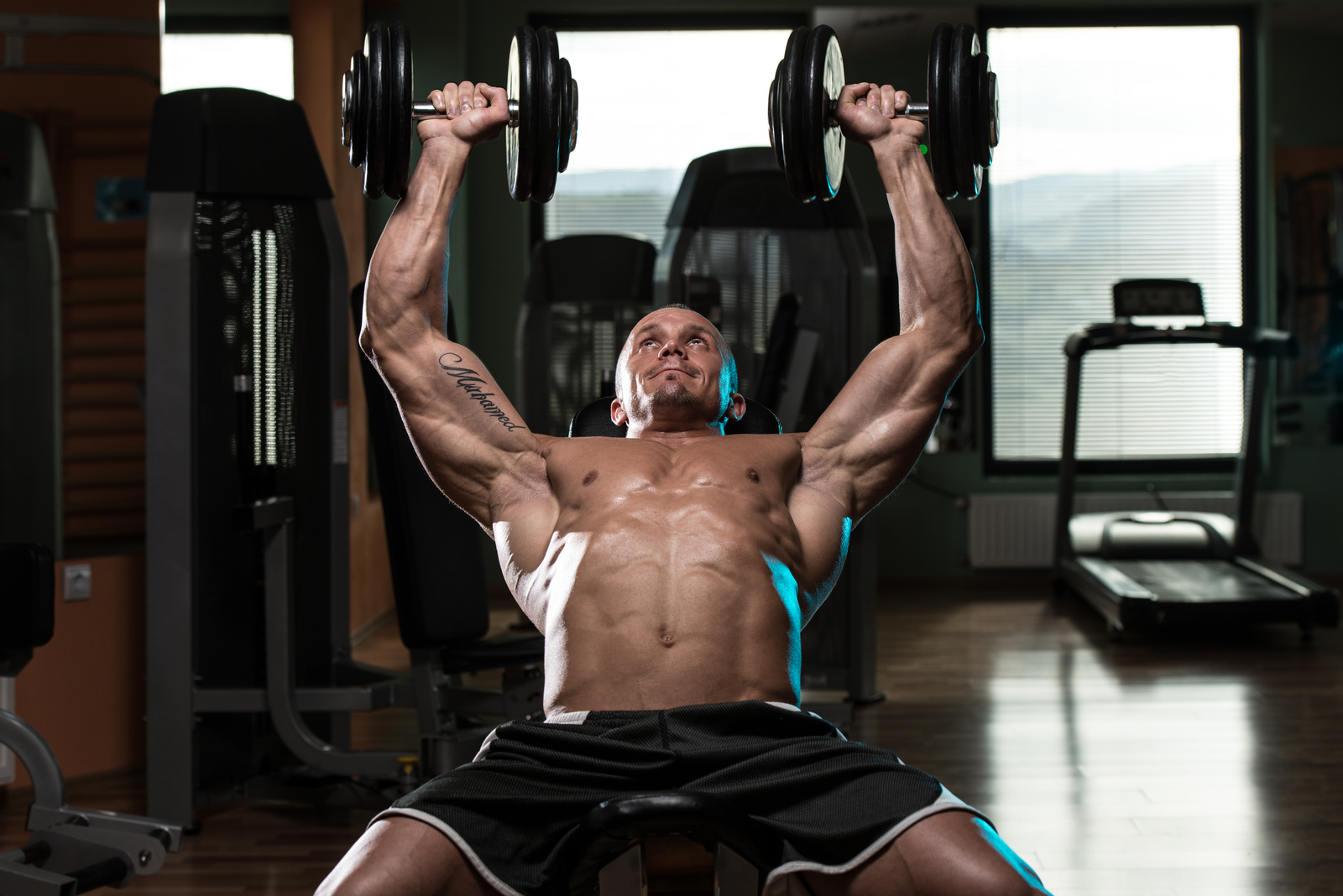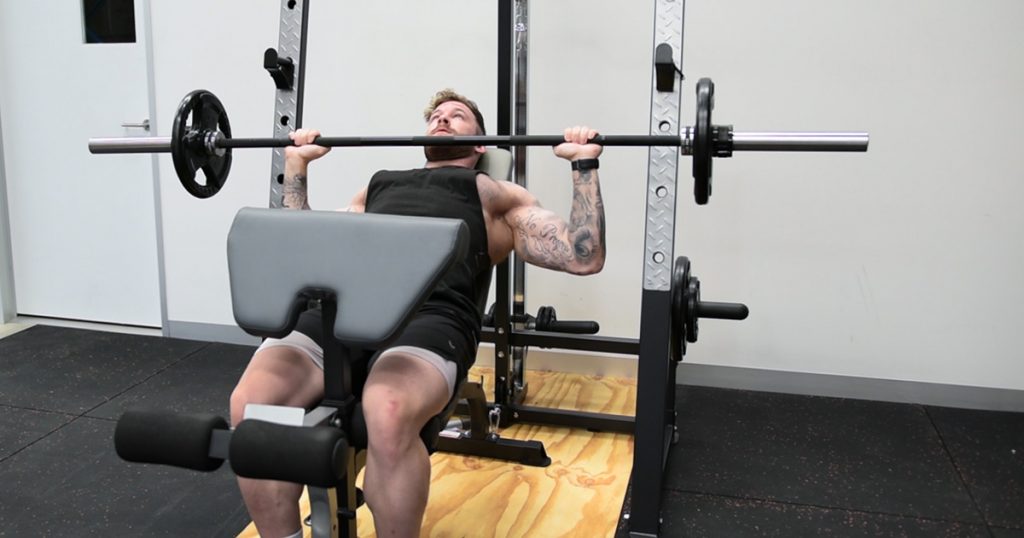
Mastering Weight Bench Workouts for Optimal Performance
Are you ready to take your workout routine to the next level? Look no further than weight benches. These versatile training tools offer a wide range of exercises and benefits that can enhance your strength training regimen. But before you start lifting heavy weights, it’s crucial to understand the importance of proper technique and form on a weight bench. By following best practices, you can maximize your workout results while minimizing the risk of injury.
Choosing the Right Type of Weight Bench
It’s essential to choose the right type of gym equipment that suits your fitness goals. Here are some best practices to consider when selecting a weight bench:
Consider Your Fitness Goals
Before purchasing a weight bench, think about what you want to achieve with your workouts. Are you aiming to build muscle mass and strength? Or do you prefer exercises that focus on toning and endurance? Understanding your fitness goals will help you determine the type of weight bench that best suits your needs.
Explore Different Types of Weight Benches
The market offers various types of weight benches, each designed for specific purposes. Some common options include:
-
Adjustable Weight Benches: These versatile adjustable benches allow you to change the incline or decline positions, enabling a wide range of exercises.
-
Olympic Weight Benches: Designed for heavy lifting and powerlifting exercises, these benches have a sturdy construction and higher weight capacity.
-
Standard Benches: Simple and compact, these benches are suitable for basic exercises with lower weights.
Understand the Features and Specifications
When choosing a weight bench, pay attention to its features and specifications. Here are some key factors to consider:
-
Weight Capacity: Ensure that the bench can support your body weight plus any additional weights you’ll be using during workouts.
-
Versatility: Look for a bench that allows you to switch between different angles and positions easily.
-
Height Adjustability: Consider whether the bench’s height is adjustable based on your comfort level.
By considering these factors, you can make an informed decision when purchasing a weight bench that aligns with your fitness goals and requirements.
Proper Technique and Form on a Weight Bench
Master Correct Body Positioning
To get the most out of your weight bench exercises, it’s crucial to master proper body positioning. Whether you’re doing a bench press, leg press, or shoulder press, positioning is key. Start by lying flat on the bench with your feet firmly planted on the ground. Ensure that your back is pressed against the back pad for stability.
Maintain Stability and Balance
Maintaining stability and balance during weight bench exercises is essential to avoid injury and maximize results. Keep your core engaged throughout the exercise to provide stability to your upper body. Make sure to distribute the weight evenly across both sides of your body for balanced muscle development.
Effective Breathing Techniques
Breathing plays a significant role in weight bench exercises as it helps maintain proper form and provides oxygen to your muscles. When performing movements such as the bench press or dumbbell fly, exhale as you lift or push the weight away from your body. Inhale as you lower or bring the weight closer to your body.
Remember, using proper breathing techniques can enhance performance and prevent dizziness or lightheadedness during intense workouts.
Safety Precautions for Using a Weight Bench

Ensure Proper Warm-Up and Stretching
Before you hop on that weight bench, make sure to warm up your muscles and stretch properly. This helps prevent injuries and prepares your body for the workout ahead. Spend a few minutes doing light cardio exercises like jogging or jumping jacks to get your blood flowing. Then, focus on stretching major muscle groups such as your arms, shoulders, chest, and legs. Remember, warming up is crucial for avoiding strains or pulls during your weight bench session.
Use Spotters or Safety Bars
Safety should be your top priority. It’s always a good idea to have a spotter by your side who can assist you in case you struggle with the weight or need help racking it. If you don’t have access to a spotter, consider using safety bars that can catch the barbell if you’re unable to complete a rep. These bars act as an extra layer of protection and minimize the risk of accidents or dropping weights on yourself.
Avoid Overloading the Weight Bench
Weight benches come with recommended weight capacities for a reason. Exceeding these limits can lead to equipment failure and serious injuries. Always check the manufacturer’s guidelines and ensure that you’re not overloading the weight bench with more weight than it can handle safely. If you’re unsure about the capacity of the bench, consult with a fitness professional who can guide you in selecting appropriate weights.
Remember, following these safety precautions will help keep you injury-free while using a weight bench as part of your gym routine.
Maximize Effectiveness of Workouts on a Weight Bench
To get the most out of your workouts on a weight bench, it’s important to incorporate compound exercises that engage multiple muscle groups simultaneously. This not only saves time but also helps in building overall strength and stability.
Vary Your Workout Routines
Varying your workout routines is essential to target different muscle areas on the weight bench. By incorporating a mix of exercises such as chest presses, shoulder presses, rows, and tricep dips, you can work different muscle groups effectively. This variation prevents plateaus and keeps your workouts interesting.
Utilize Progressive Overload Techniques
To continuously challenge yourself and make progress, utilize progressive overload techniques while using the weight bench. This involves gradually increasing the intensity or resistance of your exercises over time. It could be by adding more weight, increasing repetitions or sets, or reducing rest periods between sets. Progressive overload ensures that your muscles are constantly adapting and growing stronger.
Exercise Variations for Specific Muscle Groups
For athletes looking to target specific muscle groups on the weight bench, there are exercise variations available. For example, if you want to focus on your chest muscles, you can try incline or decline chest presses instead of the traditional flat bench press. These variations help in targeting different angles and activating specific muscles.
Benefits for Core Muscles
Using a weight bench also provides benefits for core muscles. Exercises like plank holds and Russian twists can be performed on the bench to engage your abs and obliques. Strengthening these core muscles not only enhances stability during other exercises but also improves overall posture and balance.
Tips and Tricks for Using a Weight Bench
Adjust the Angle for Effective Muscle Targeting
To maximize the effectiveness of your weight bench exercises, it’s crucial to adjust the angle of the bench. By altering the incline or decline, you can target specific muscle groups more effectively. For example, setting the bench at an incline will engage your upper chest and shoulders, while a decline position will focus on your lower chest and triceps. Experiment with different angles to find what works best for you.
Proper Grip Positions and Hand Placements
When using a weight bench, it’s important to maintain proper grip positions and hand placements during exercises. This ensures optimal form and reduces the risk of injury. For instance, when performing bench presses, grip the barbell slightly wider than shoulder-width apart, keeping your wrists aligned with your forearms. This grip allows for better stability and engages your chest muscles more effectively.
Incorporate Stability Balls or Resistance Bands
Adding variety to your weight bench workouts can help prevent boredom and plateauing in your fitness journey. One way to do this is by incorporating stability balls or resistance bands into your exercises. Using a stability ball instead of a traditional weight bench challenges your core muscles as they work to stabilize you during movements like dumbbell presses or flies. Resistance bands provide additional resistance throughout the range of motion, intensifying your workout without needing heavier weights.
By utilizing these tips and tricks when using a weight bench as gym equipment, you can enhance the effectiveness of your workouts while minimizing the risk of injury. Remember to adjust the angle of the weight bench to target specific muscle groups effectively, use proper grip positions and hand placements during exercises, and incorporate stability balls or resistance bands for added variety.
Benefits of Following Best Practices
Now that you have a good understanding of the best practices for using weight benches as gym equipment, let’s recap the benefits of following these guidelines. By choosing the right type of weight bench, you ensure that your workouts are effective and tailored to your specific needs. Proper technique and form on a weight bench not only maximize your results but also reduce the risk of injuries. Safety precautions are crucial to protect yourself and others while using a weight bench. By implementing tips and tricks for using a weight bench, you can take your workouts to the next level and achieve your fitness goals faster.
Incorporating these best practices into your weight bench routine will not only enhance your overall experience but also yield better results. Remember, it’s important to listen to your body and make adjustments as necessary. So go ahead, select the right weight bench for you, focus on proper technique, prioritize safety measures, and utilize all the tips and tricks shared here. Your journey towards a stronger and healthier body starts now! Shop our wide range of weight benches at our gym equipment store online or visit our physical mega stores located in Sydney, Melbourne & Perth.
FAQs
Can I use any type of weight bench?
It is recommended to choose a weight bench that suits your specific needs and goals. Different types of weight benches offer various features such as adjustability, stability, incline/decline options, or attachments for additional exercises. Consider factors like comfort, durability, versatility, and budget when selecting a weight bench.
How important is a proper technique on a weight bench?
Proper technique is crucial when using a weight bench to prevent injuries and maximize effectiveness. It ensures that you engage the targeted muscles correctly while minimizing strain on other parts of your body. Take time to learn the correct form through research or consulting with a fitness professional.
Are there any safety precautions I should follow?
Yes! Safety should always be a priority when using gym equipment like weight benches. Make sure the equipment is stable before starting any exercise. Start with lighter weights to warm up and gradually increase the load. Always use a spotter when attempting heavy lifts, and never compromise on safety measures such as using safety pins or collars.
How can I make my workouts on a weight bench more effective?
To maximize the effectiveness of your workouts on a weight bench, focus on proper form, maintain control throughout each exercise, and challenge yourself with progressive overload. Incorporate variations like different grips or angles to target specific muscles. Consistency is key, so stick to a regular workout routine and gradually increase intensity over time.
Any tips for getting the most out of using a weight bench?
Certainly! Here are some additional tips: 1) Warm up before every session to prepare your body for the workout. 2) Use proper breathing techniques during exercises for better stability and energy output. 3) Incorporate compound exercises that engage multiple muscle groups simultaneously. 4) Don’t forget to stretch after your workout to improve flexibility and reduce post-workout soreness.
